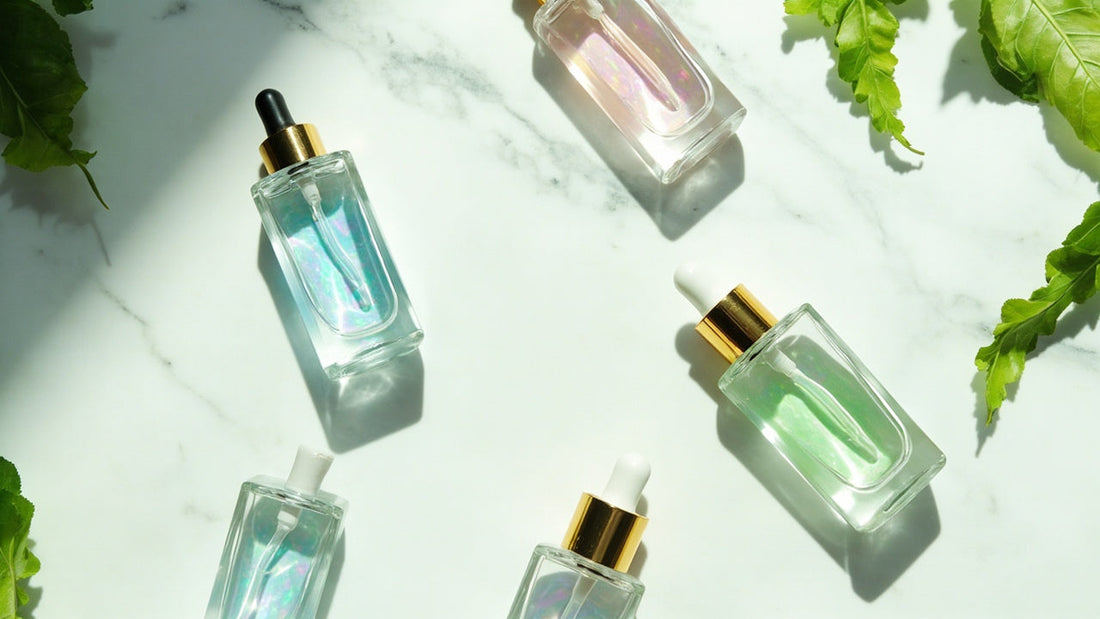
Peptides Demystified: The Building Blocks of Youthful Skin
Share
Why Peptides Are Everywhere Right Now
If you’ve been scanning skincare labels lately, chances are you’ve seen the word “peptides” pop up more than once. From serums to moisturizers, this ingredient has quickly become a favorite in K-beauty and beyond. But with all the buzz, it can be hard to understand what peptides actually do and why they’re so powerful. The truth is, peptides are not a fleeting trend—they are scientifically backed building blocks that help skin stay resilient, smooth, and youthful.
What Peptides Really Are
At their core, peptides are short chains of amino acids. Think of them as little messengers that tell your skin how to behave. While collagen and elastin—the proteins responsible for firmness and bounce—are made up of long chains, peptides are like smaller fragments. Because of their size, they can penetrate the skin more easily, sending signals that encourage repair, hydration, and regeneration.
The Role of Peptides in Skin Health
As we age, natural collagen production slows down. Skin becomes thinner, fine lines begin to appear, and elasticity decreases. Peptides step in by stimulating skin cells to produce more collagen and elastin, essentially reminding your skin to act young again. Beyond anti-aging, peptides also support barrier strength, improve hydration retention, and reduce visible inflammation.
Different Types of Peptides and Their Benefits
Not all peptides work the same way, and this is where things get interesting. Signal peptides, for example, help boost collagen and elastin production. Carrier peptides deliver trace minerals like copper, which aid in healing and repair. Enzyme-inhibitor peptides slow down the breakdown of collagen, helping skin maintain its firmness. Each type plays a role in keeping skin balanced and radiant, and many K-beauty formulations combine several for maximum effect.
How to Incorporate Peptides Into Your Routine
The good news is, peptides are versatile and play well with most ingredients. You’ll often find them in serums, moisturizers, and even eye creams. For best results, apply peptide products after cleansing and toning but before sealing with a heavier cream. Since peptides are gentle, they can be used both morning and night. Pairing them with hydrating ingredients like hyaluronic acid or soothing agents like centella asiatica enhances their effectiveness.
Peptides vs. Retinol: Do You Need Both?
One of the most common questions is whether peptides can replace powerhouse ingredients like retinol. The answer is no—rather than competing, they complement each other. Retinol speeds up cell turnover and boosts collagen in a more aggressive way, while peptides support regeneration in a gentler, long-term fashion. Using both in a balanced routine can deliver transformative results without overwhelming your skin.
The K-Beauty Approach to Peptides
In K-beauty philosophy, skincare is not just about targeting issues but maintaining harmony. That’s why peptide-infused products are often formulated with hydrating essences, calming botanicals, and barrier-protecting elements. The goal is not just youthful skin, but resilient skin that glows with health and balance. When choosing a peptide product, look for lightweight yet nourishing textures that layer seamlessly with the rest of your routine.
Why Peptides Deserve a Place in Your Ritual
Peptides may sound scientific and complex, but their role is simple—they help your skin remember how to look and feel young. Whether you’re starting to notice early signs of aging or just want to future-proof your skin, incorporating peptides is an investment in long-term radiance. By working beneath the surface, they strengthen the very foundation of your skin, keeping it firm, smooth, and luminous for years to come.
